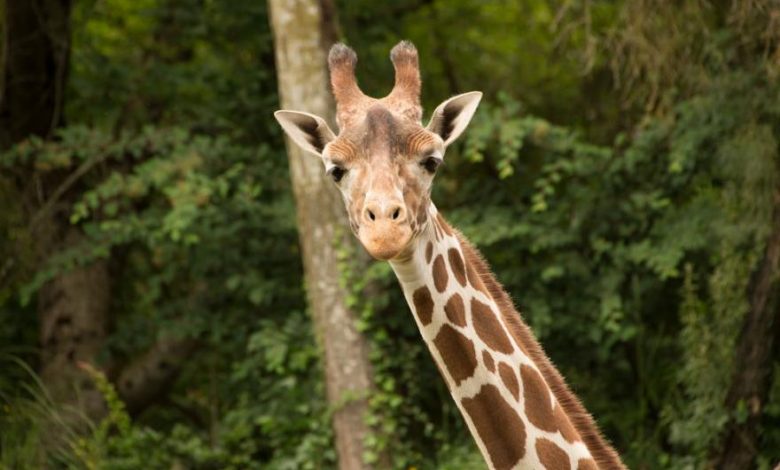Species and subspecies – giraffe

“Approximate geographic ranges, fur patterns, and phylogenetic relationships between some giraffe subspecies based on mitochondrial DNA sequences.
Colored dots on the map represent sampling localities. The phylogenetic tree is a maximum-likelihood phylogram based on samples from 266 giraffes. Asterisks along branches correspond to node values of more than 90% bootstrap support. Stars at branch tips identify paraphyletic haplotypes found in Maasai and reticulated giraffes”.[20]
The IUCN and most giraffe scientists currently recognise only one species of giraffe with nine subspecies.[21][22] In 2001, a two-species taxonomy was proposed.[23] A 2007 study on the genetics of giraffes, suggested six species.[20] A 2011 study using detailed analyses of the morphology of giraffes, and application of the phylogenetic species concept, described eight species of living giraffes.[24] A 2016 study also concluded that living giraffes consist of multiple species.
The researchers suggested the existence of four species, which have not exchanged genetic information between each other for 1 to 2 million years.[25] Since then, a response to this publication has been published, highlighting seven problems in data interpretation, and concludes “the conclusions should not be accepted unconditionally”.[26]
A 2020 study showed that depending on the method chosen, different taxonomic hypotheses recognizing from two to six species can be considered for the genus Giraffa.[27] That study also found that multi-species coalescent methods can lead to taxonomic over-splitting, as those methods delimit geographic structures rather than species.
The three-species hypothesis, which recognises G. camelopardalis, G. giraffa, and G. tippelskirchi, is highly supported by phylogenetic analyses and also corroborated by most population genetic and multi-species coalescent analyses.[27]
